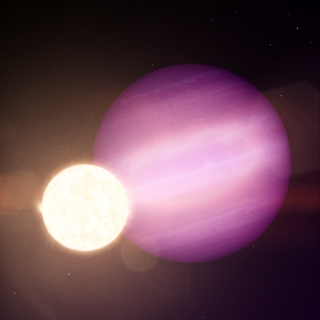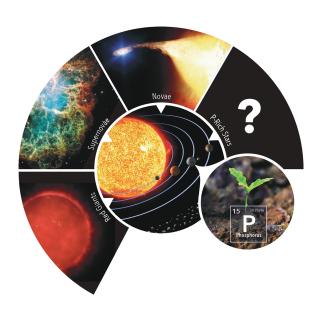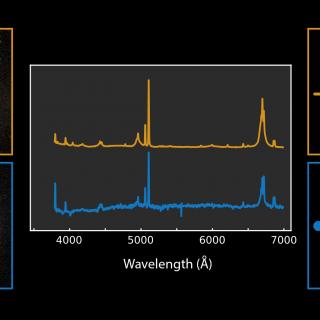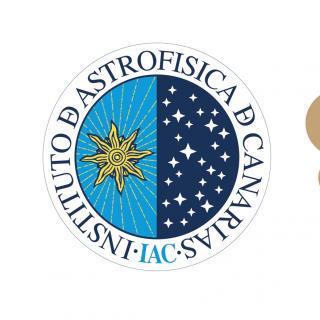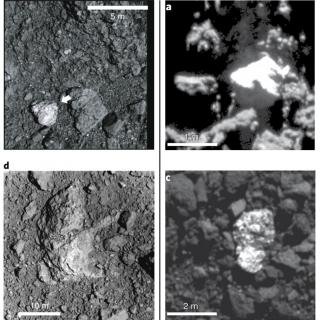
The two near-Earth asteroids Ryugu and Bennu, primary targets of the Hayabusa2 (JAXA) and OSIRIS-REx (NASA) space missions, keep surprising us. In two companion papers presented in Nature Astronomy, researchers have found exogenous bright material scattered across the asteroids’ surfaces. Members of the Solar System Group of the Instituto de Astrofísica de Canarias (IAC) have contributed to this discovery, in particular Dr. Eri Tatsumi, who is the first author of the paper presenting findings on Ryugu (Hayabusa2).
Advertised on
